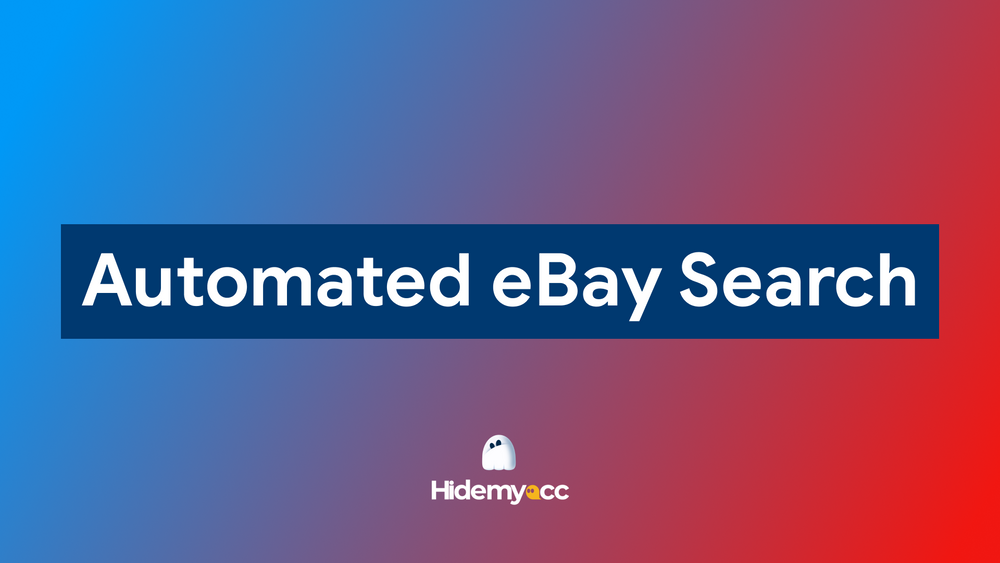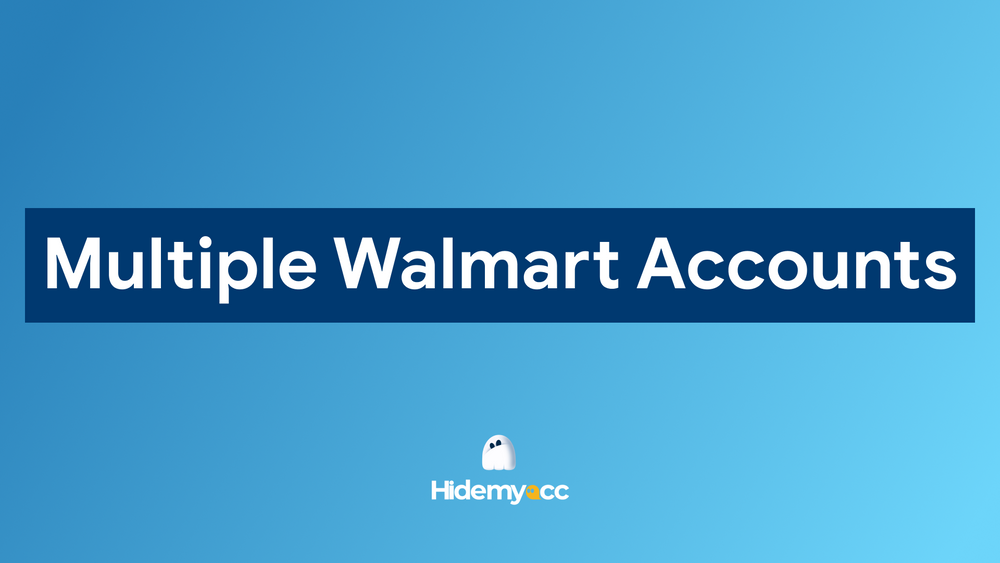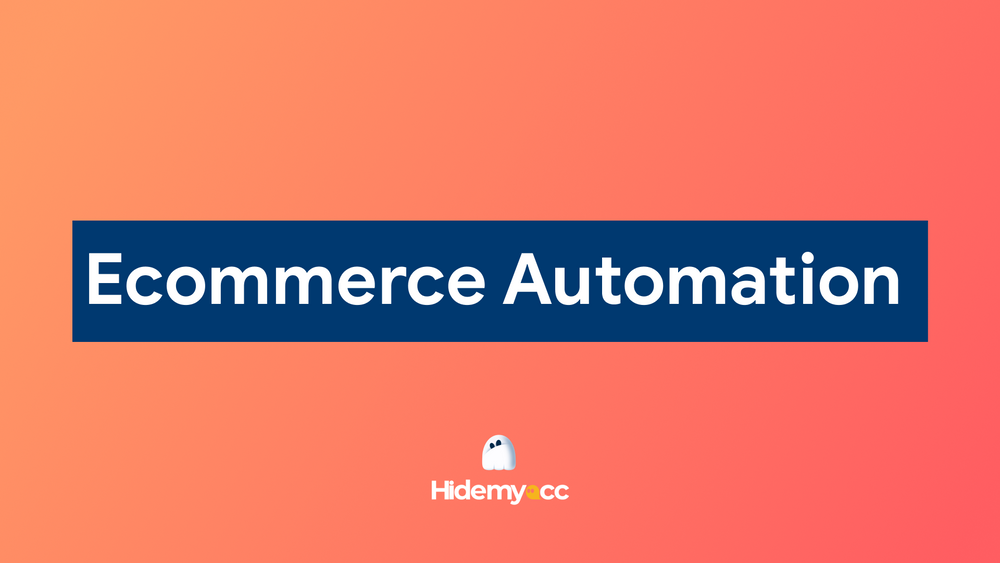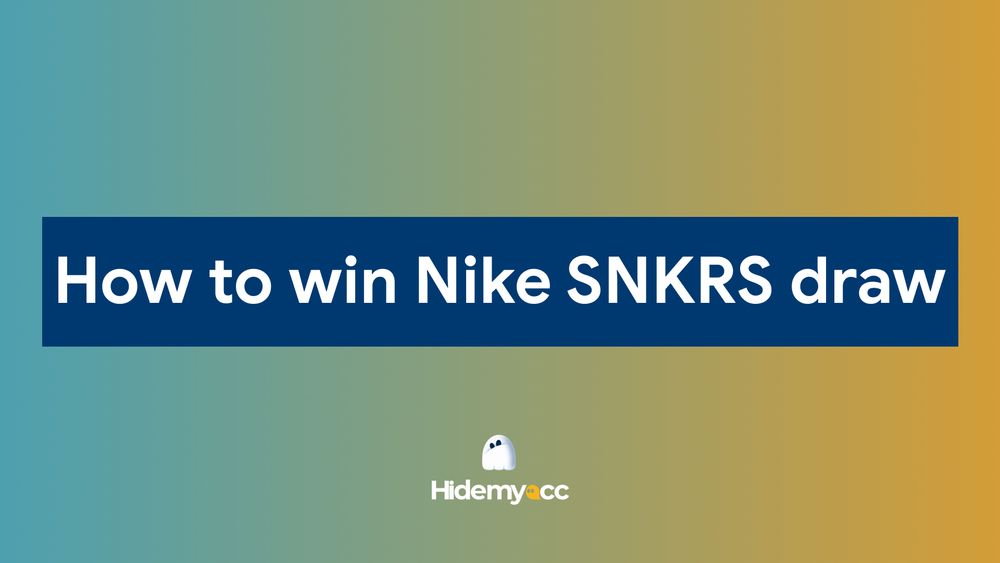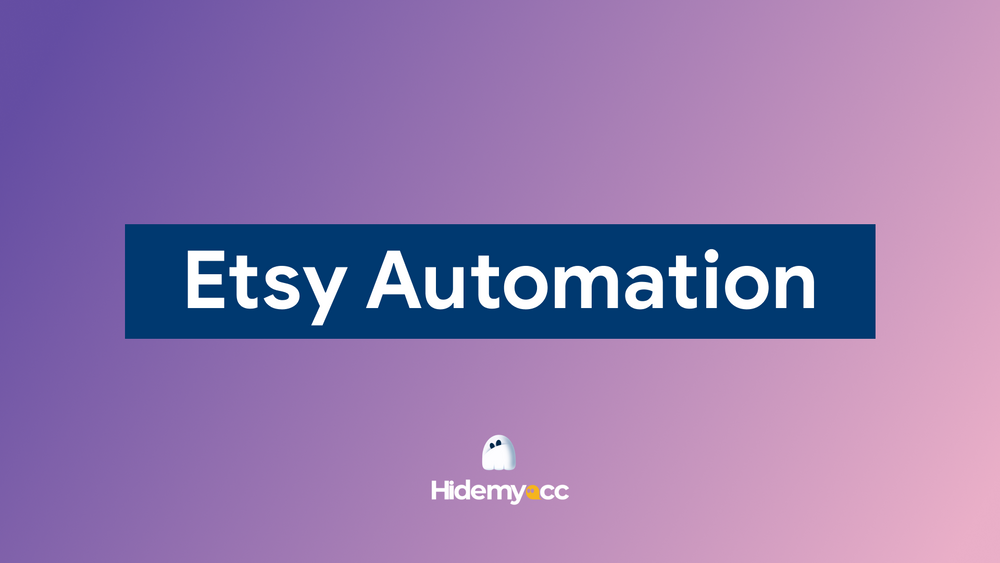1. Is it possible to scrape eBay data?
1.1. What is eBay Scraping?
eBay scraping refers to the automated process of extracting publicly available data from eBay’s platform. Rather than manually browsing and recording details about products, sellers, or categories, scraping tools automate these actions, making it possible to collect large datasets in a fraction of the time.
Popular use cases for eBay scraping:
- Price monitoring: Track product prices to remain competitive.
- Competitor analysis: Analyze seller performance, listings, and reviews.
- Market research: Gather data on trending products and categories.
- Inventory management: Monitor stock levels and identify gaps in the market.
1.2. Is web scraping on eBay allowed?
Web scraping operates in a legal gray area. While eBay’s terms of service explicitly prohibit scraping without permission, some forms (such as gathering publicly accessible data without violating security measures) may be permissible under certain jurisdictions.
2. Challenges in scraping eBay
Scraping eBay isn’t without its difficulties. The platform employs several measures to prevent automated data collection, including:
- Dynamic content loading: Many pages are JavaScript-heavy, requiring advanced tools to render content.
- CAPTCHA challenges: Automated bots often trigger CAPTCHA verification.
- Rate limiting: Excessive requests from a single IP can result in temporary bans.
- IP blocking: eBay monitors and blocks suspicious IPs, particularly those originating from known data centers.
- Geo-restrictions: Some data is location-specific, making proxies essential for accessing regionally restricted content.
3. Tools and technologies for scraping eBay
The tools you select for eBay scraping depend on your technical expertise, project scale, and specific needs. Here’s a breakdown of popular options:
3.1. Python-based tools
-
BeautifulSoup: This library is beginner-friendly and ideal for small-scale projects. It parses HTML content efficiently and is well-suited for extracting simple data points like text and attributes. While straightforward, BeautifulSoup might not handle dynamic content or large datasets effectively.
- Scrapy: A powerful framework designed for large-scale web scraping, Scrapy enables users to build and manage complex scraping workflows. It supports asynchronous scraping, speeds up data collection, and offers built-in tools for handling requests, managing data pipelines, and avoiding detection.
- Selenium: When dealing with JavaScript-heavy websites like eBay, Selenium becomes indispensable. It mimics a real browser, allowing you to interact with elements like dropdowns and buttons. However, it’s slower than other options and should be used only when necessary.
3.2. APIs
- eBay’s Official API: Instead of traditional scraping, the eBay API provides direct access to structured data, such as product details, seller information, and category listings. Using the API eliminates legal risks associated with unauthorized scraping and offers a reliable way to access data. However, its functionality may be limited compared to custom scraping scripts.
- Third-Party APIs: Tools like RapidAPI offer additional options for accessing eBay data. While they simplify the process, they may involve subscription fees or usage limits. These APIs are useful for users who need quick results without extensive technical expertise.
3.3. No-code solutions
- Octoparse: This tool is perfect for non-developers, offering a drag-and-drop interface to design scraping workflows. Octoparse handles dynamic content, CAPTCHA challenges, and pagination, making it a versatile choice for users who want an easy-to-use platform.
- ParseHub: Similar to Octoparse, ParseHub is a no-code tool that supports dynamic content scraping. Its intuitive interface and cloud-based operation make it a great choice for beginners or those with limited time to invest in scripting.
4. Best practices for effective eBay scraping
4.1. Use antidetect browser Hidemyacc
One of the most effective ways to reduce the risk of detection while scraping eBay is by using an antidetect browser like Hidemyacc. This tool allows users to create unique browser profiles that mimic real users, masking their identity during scraping activities.
By simulating different browser environments, Hidemyacc minimizes the likelihood of being flagged or banned by eBay’s anti-scraping mechanisms.
4.2. Mimic human behavior with delays and randomization
To avoid detection, it is essential to replicate human browsing patterns. This can be achieved by adding random delays between requests and varying the sequence of actions performed by the scraper.
For instance, instead of repeatedly scraping similar pages in quick succession, scripts can navigate to unrelated pages or include occasional pauses to resemble a real user’s behavior.
4.3. Ensure anonymity and speed with proxies
Proxies play a crucial role in successful web scraping. Proxy not only enhances anonymity but also enables access to geo-restricted content by using IPs from specific regions. You can choose from several types of proxies such as:
- Residential proxies: High anonymity but slower and more expensive.
- Datacenter proxies: Fast and cost-effective but easier to detect.
- Rotating proxies: Automatically change IPs to bypass detection.
4.4. Adapt to eBay’s site changes
eBay frequently updates its website structure, which can render outdated scraping scripts ineffective. Regularly reviewing and updating your code ensures compatibility with the platform’s changes.
5. Conclusion
Scraping eBay is a valuable tool for businesses and individuals looking to extract data for research, analysis, and decision-making. While it comes with challenges like CAPTCHA, rate limits, and potential legal risks, following ethical practices and leveraging tools like Hidemyacc, proxies, and Python libraries can help you scrape data efficiently and responsibly.
Always respect eBay’s terms of service and use the data for lawful purposes. If scraping seems too complex, consider using eBay’s API for a safer and more reliable alternative.
6. FAQ
6.1. Is scraping eBay legal?
While scraping publicly available data is often permissible, eBay’s terms of service prohibit scraping without explicit permission. Always check the applicable laws in your jurisdiction.
6.2. What data can I scrape from eBay?
You can scrape publicly visible information, such as product titles, prices, descriptions, and seller ratings. Avoid scraping sensitive or private data.
6.3. What happens If eBay blocks my IP?
Your IP may be temporarily or permanently banned. Using rotating proxies can help mitigate this risk.
6.4. Do I need coding knowledge to scrape eBay?
Basic knowledge of coding, particularly Python, helps use tools like BeautifulSoup or Scrapy. Alternatively, no-code tools like Octoparse offer beginner-friendly options.
Articles on the same eBay topic for your reference:

